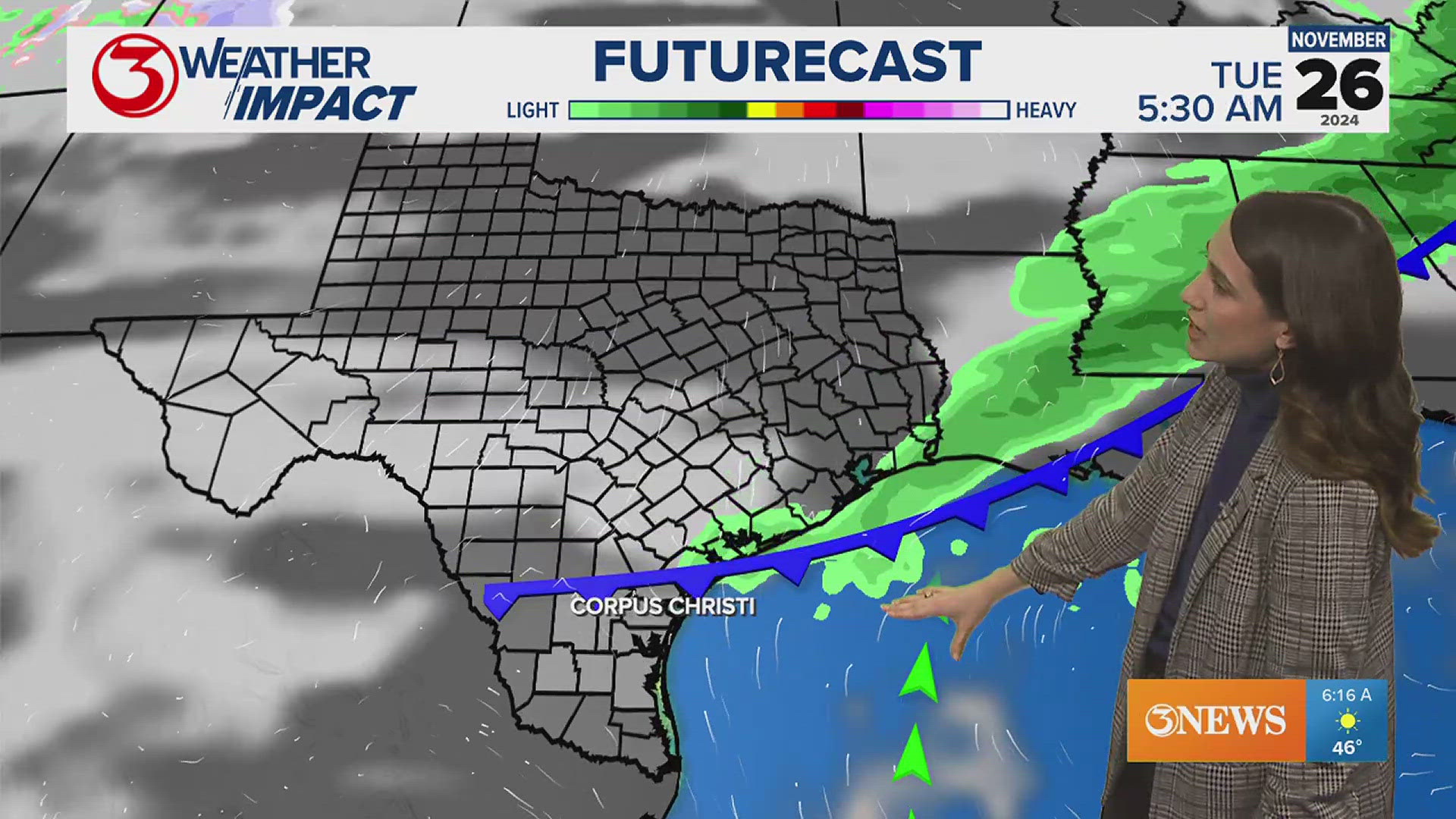CORPUS CHRISTI, Texas — The Coastal Bend and Texas are in a drought the likes of which have not been seen since 2011. 2011 was a year that saw Corpus Christi receive the 3rd least amount of rain on record at 12.06" for the entire year. By late July 2011, the drought was very bad across all of Texas with over 90% of the state in extreme drought and only 7.52" of rain in Corpus Christi through August 1 (5.96" at Choke Canyon).

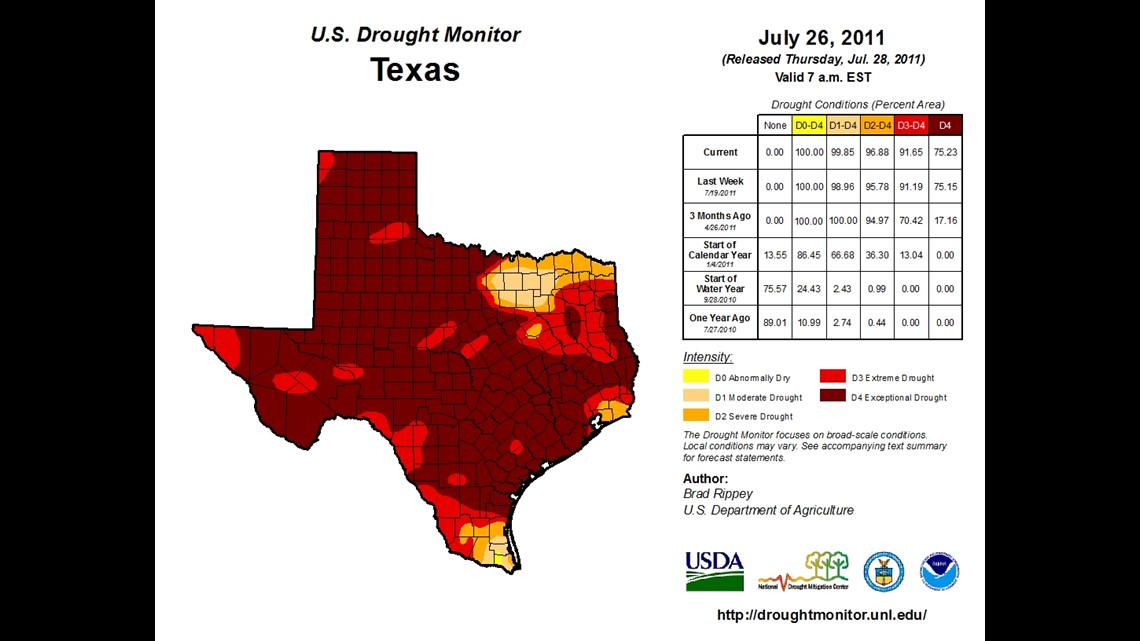
While the ground was certainly parched, what spared the watershed from getting uncomfortably low in 2011 is what happened the year before. 2010 was a year that brought a large amount of rain to the region with three tropical systems dropping big rains across South Texas. Hurricane Alex, Tropical Depression 2, and Tropical Storm Hermine. Rainfall footprints from these storms posted at the bottom of article.

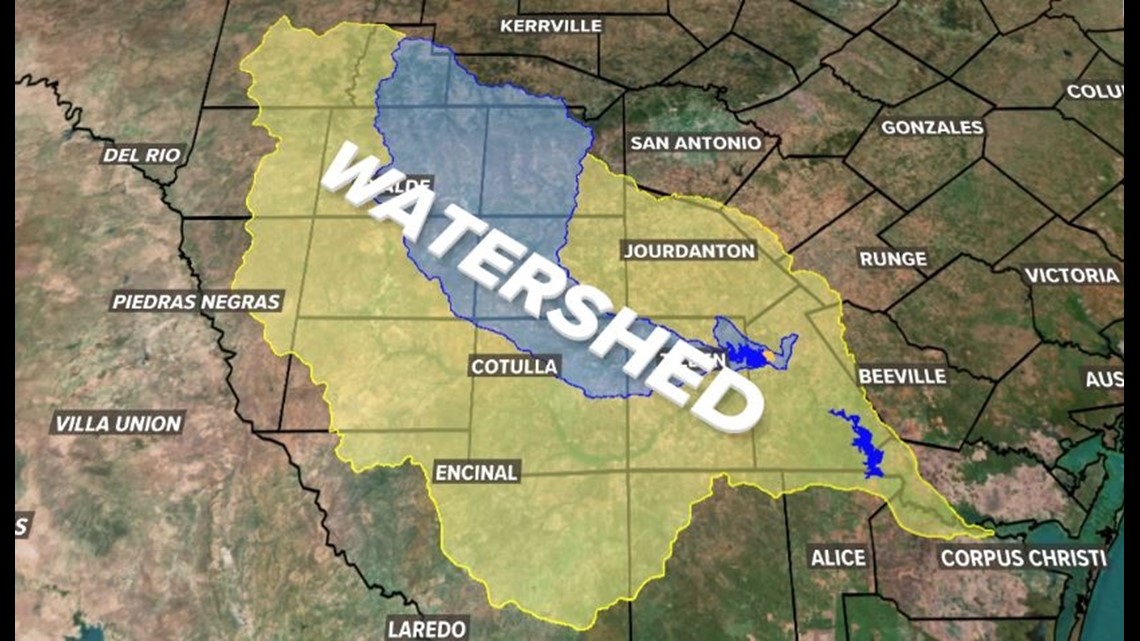
Rains from those systems helped bring rainfall totals for 2010 up to 36.64" in Choke Canyon and 43.92" in Corpus Christi - the 7th most on record. Not only that, but a lot of rain fell in the Choke Canyon/Lake Corpus Christi catch zone. So, as 2010 ended and 2011 began, the watershed was sitting at 82% The lack of rain dropped the watershed 16%, down to 66% by August 1, 2011. By the end of 2011, the watershed had fallen to about 55%; still well above water restriction levels with only about a foot of rain for the year in Corpus Christi.


Now for the current drought. Like 2011, 2022 was preceded by an overly active year of rainfall. Corpus Christi observed the 3rd wettest year on record (46.81") and Choke Canyon received near 30" of rain in 2021. There were no tropical systems that came through dropping widespread rains in 2021, but rain was still copious.
Despite having received nearly historic amounts of rain in 2021, the watershed was at 54% to start 2022; nearly 30% lower than where it was at the beginning of 2011. Since then, it has dropped 16% through July 29 - the SAME drop that was observed in 2011 during the same timeframe. Corpus Christi has received 7" of rain through July 29 and Choke Canyon only 4.09"...a little less than in 2011.

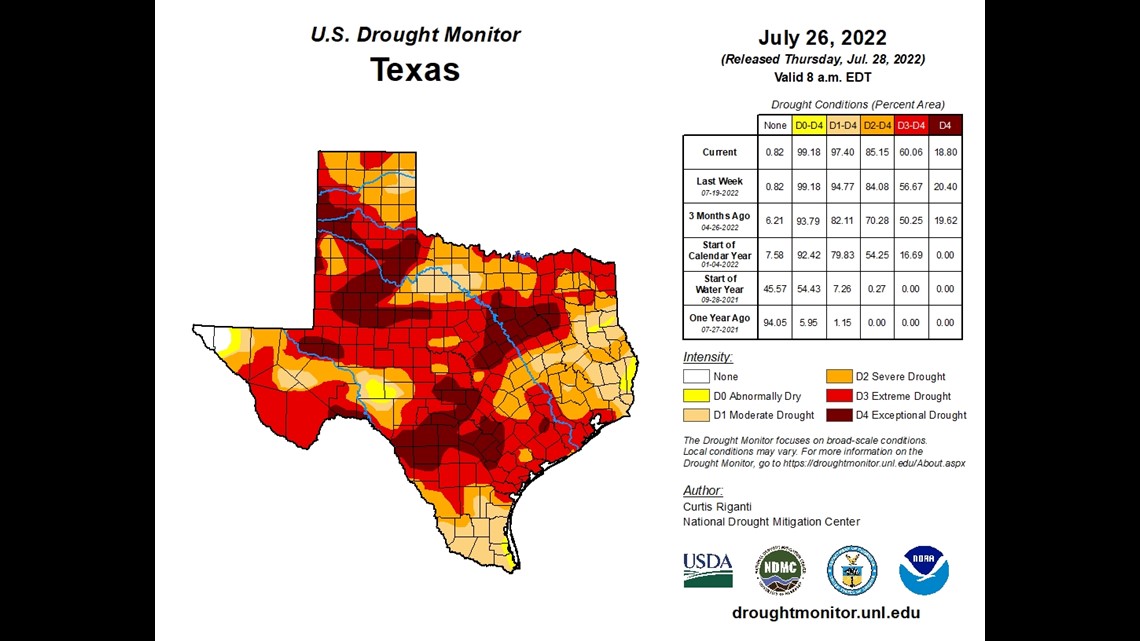
The statewide drought in 2022 isn't quite as bad as it was at the same time of year in 2011, but it's still pretty rough. 60% of the state is in extreme drought and about half of our watershed is in exceptional drought...the worst level of drought.

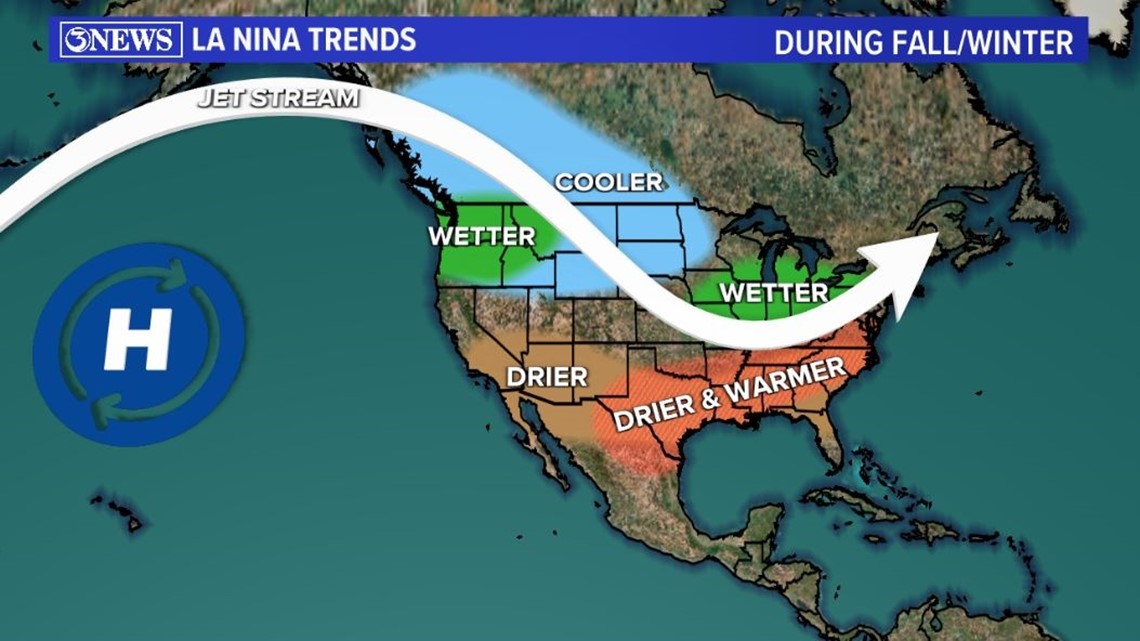
With an ongoing la niña in place, unless a tropical system comes through and delivers desperately needed rain, circa 2010, the trend should be to observe a drier (and warmer) than average finish to 2022 with the ongoing drought deepening. La niña is expected to be in place through the end of 2022 and into 2023. Hopefully we can squeeze out some rain, but the expected trend is less than ideal. Stay tuned...
NOTE: Between August 1 and the end of 2011, the watershed dropped another 11%, from 66% to 55%...remember 2011 was dry with only a foot of rain all year. That should mean that the same drop should happen in 2022, at worst. Without rain , the watershed could fall from 38% to below 30% by the end of the year.

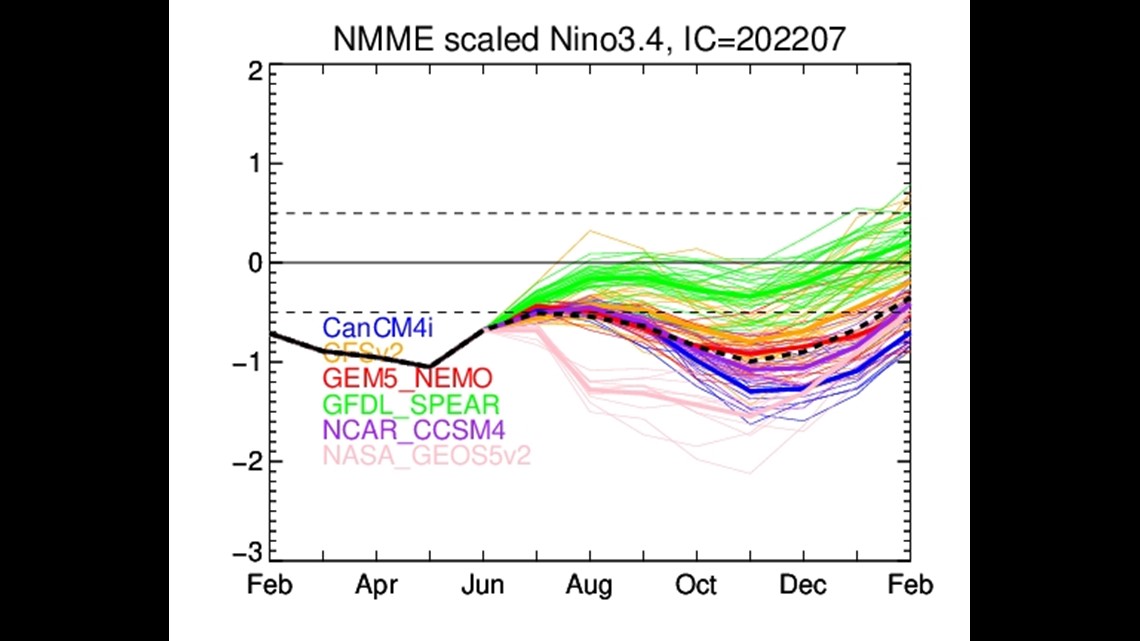

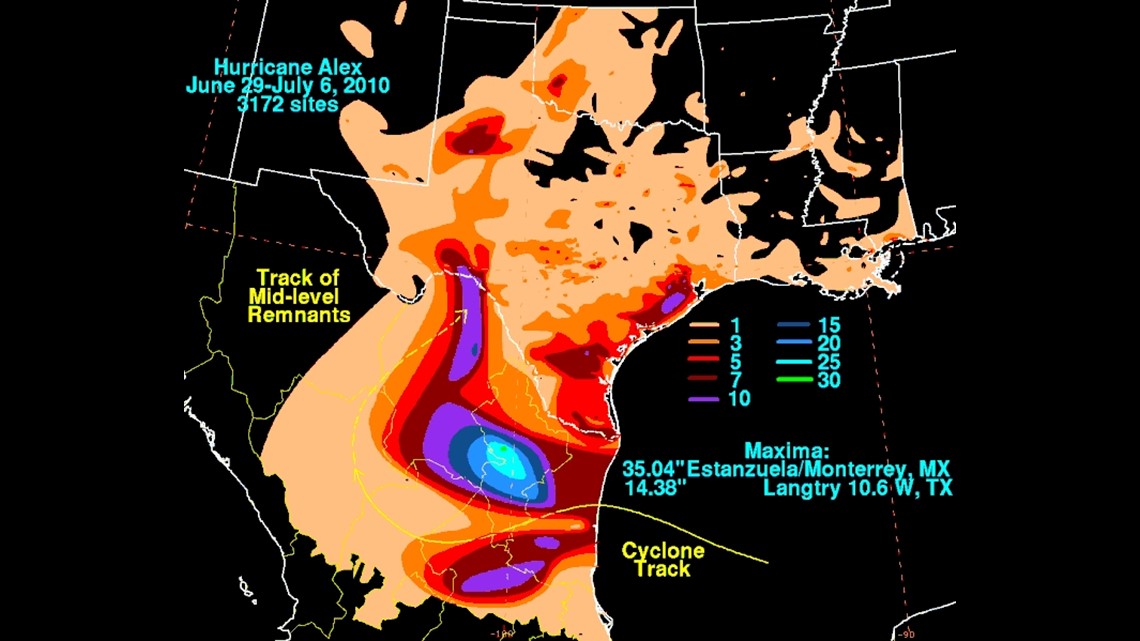

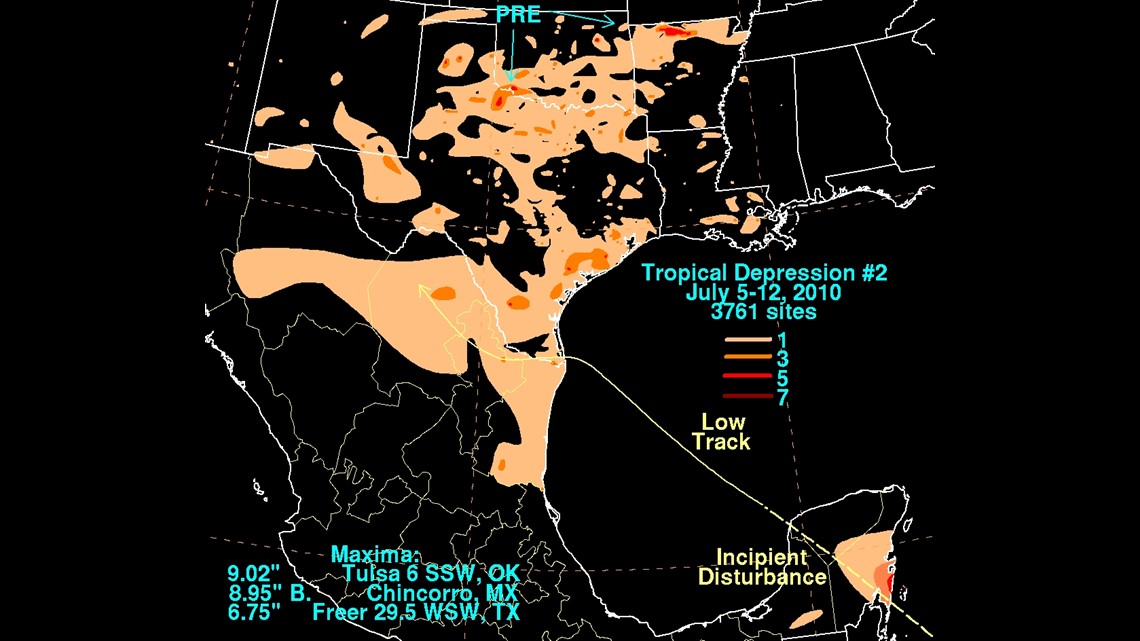

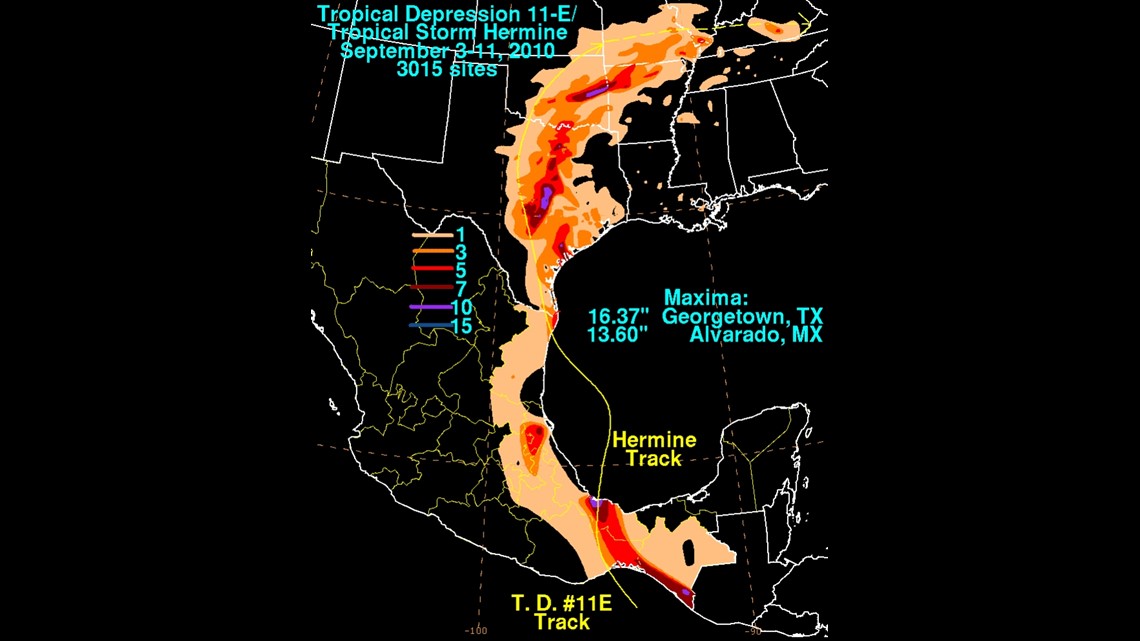
Holt out


